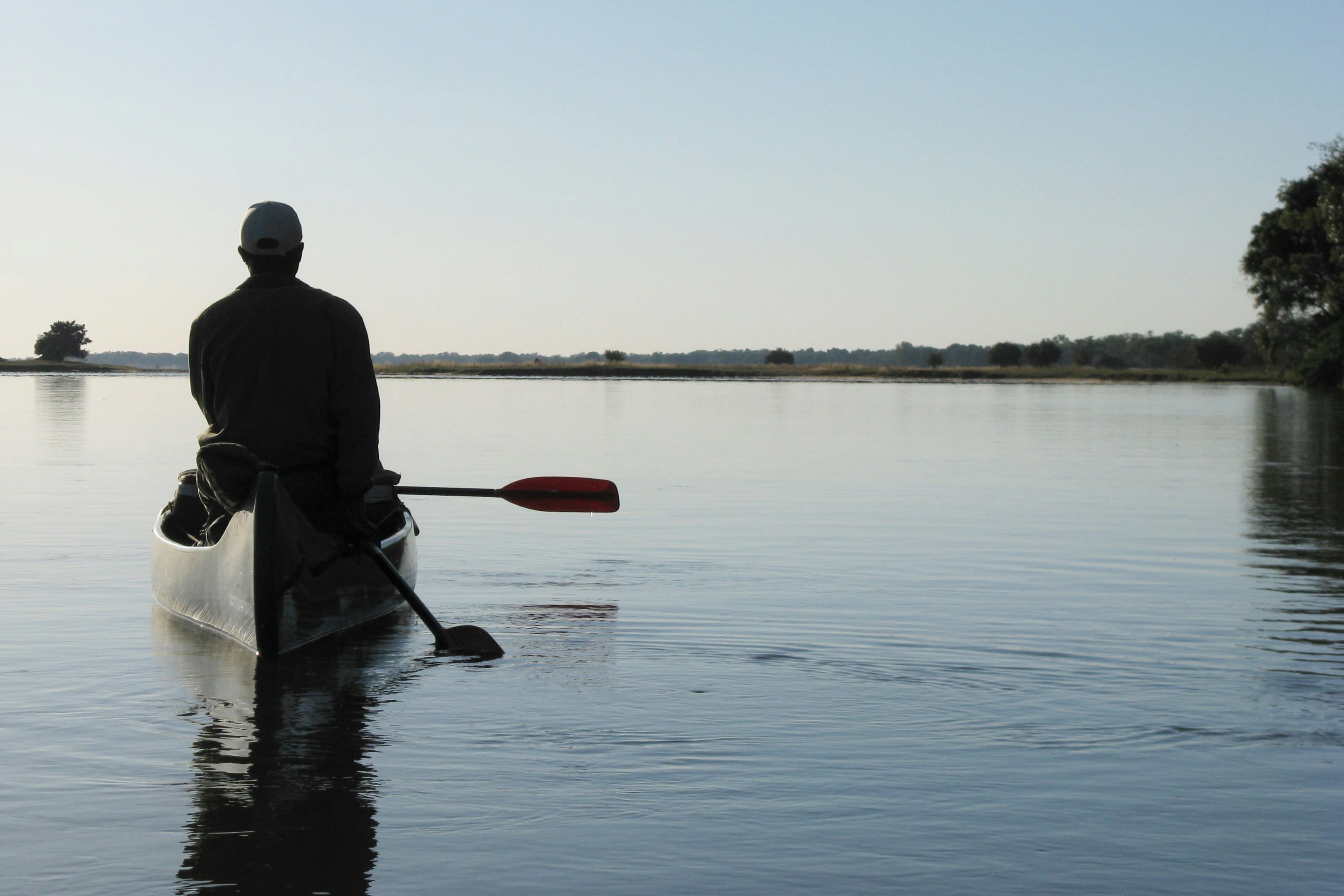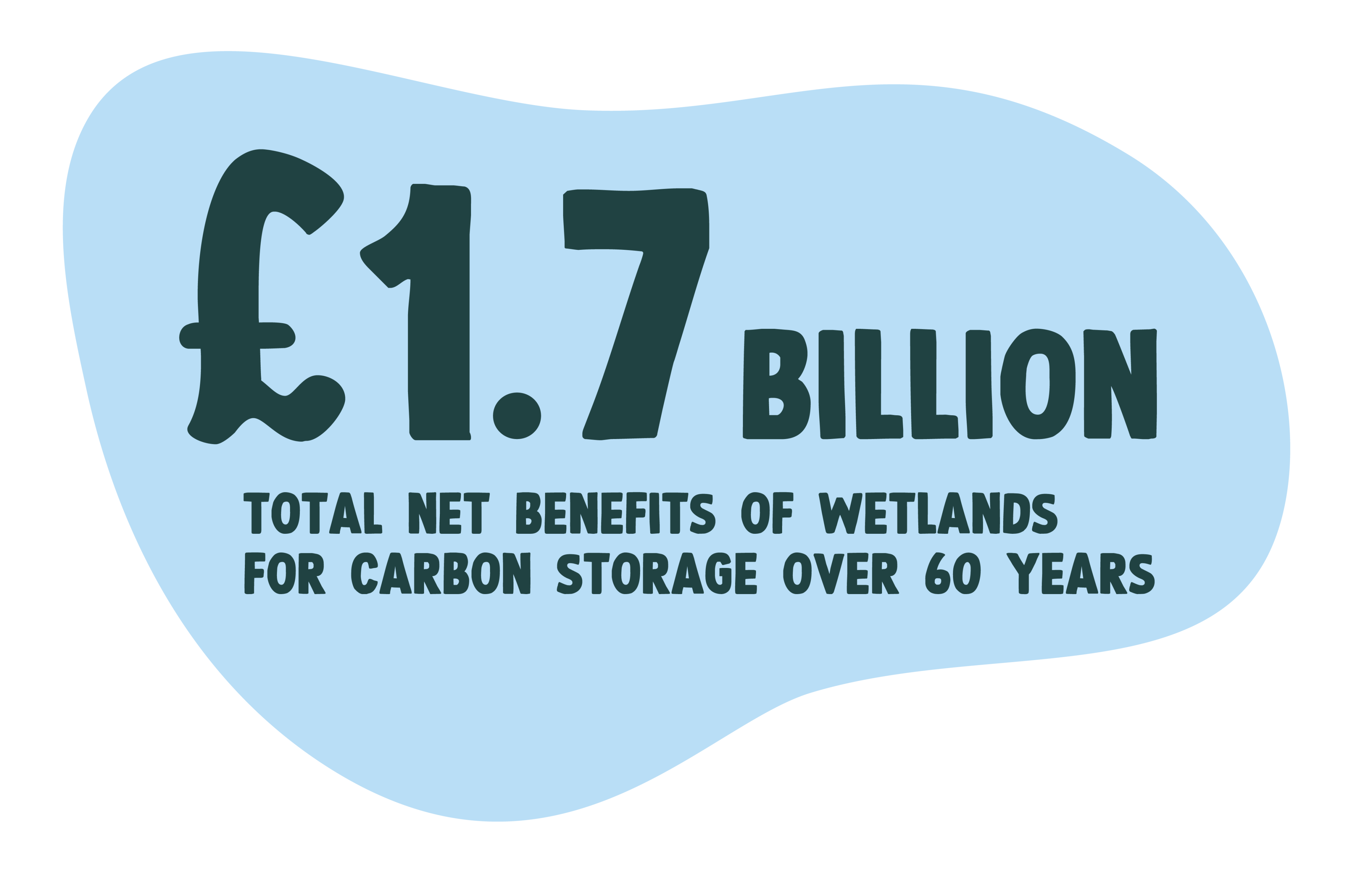The carbon-storing potential of Saltmarsh

Carbon sINKING saltmarsh
We tend to underestimate the tremendous carbon-storing potential of areas where the land meets the sea.
Marine and intertidal areas include ‘blue carbon’ habitats – saltmarshes, mangroves and seagrass beds – where carbon dioxide is absorbed from the atmosphere and stored in plants and sediment. These habitats boast extremely high carbon sequestration rates. In the UK, saltmarshes are particularly impressive – capturing carbon 40 times faster than woodland.
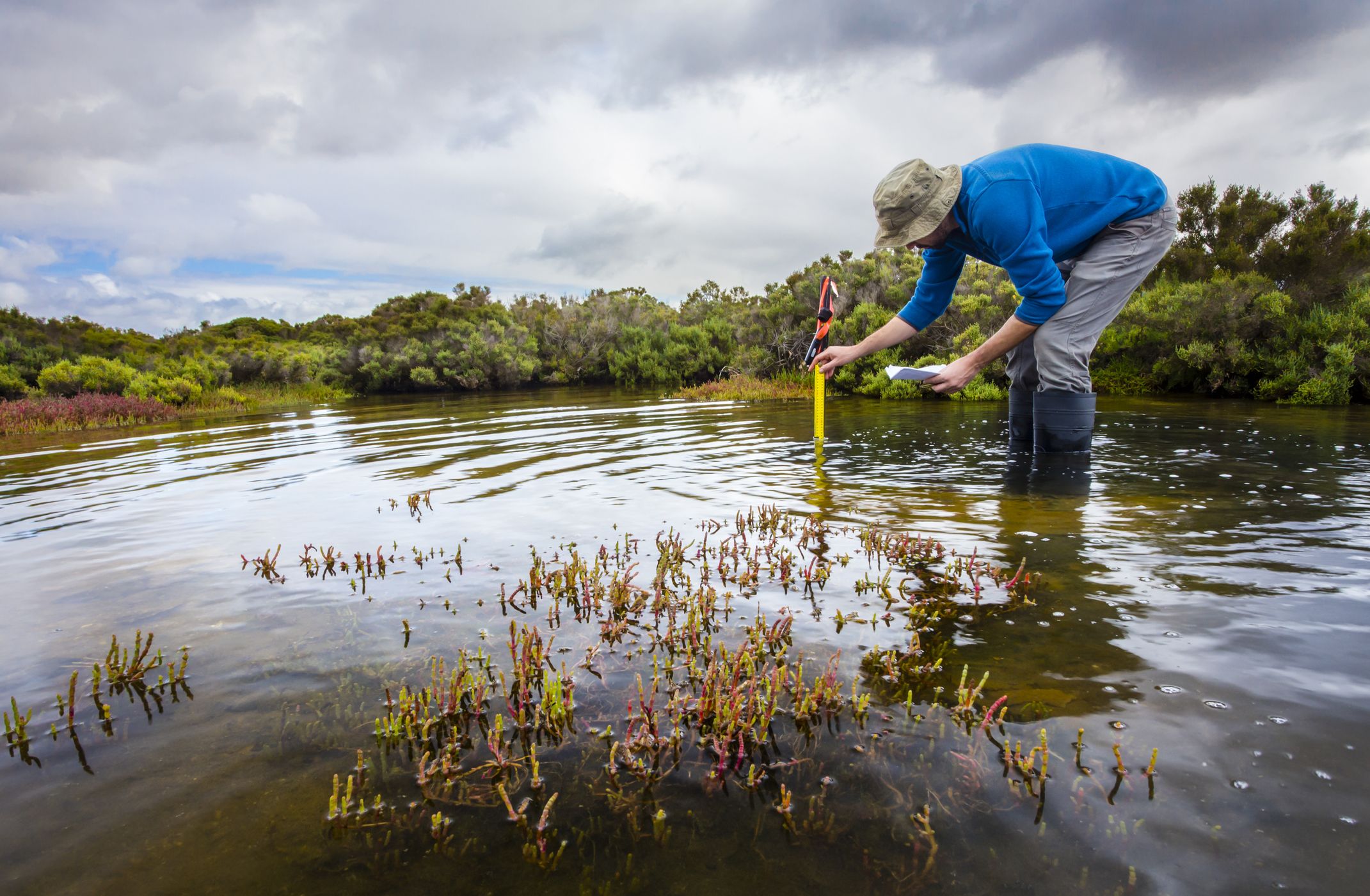
350,000 tonnes of carbon dioxide could potentially be stored per year
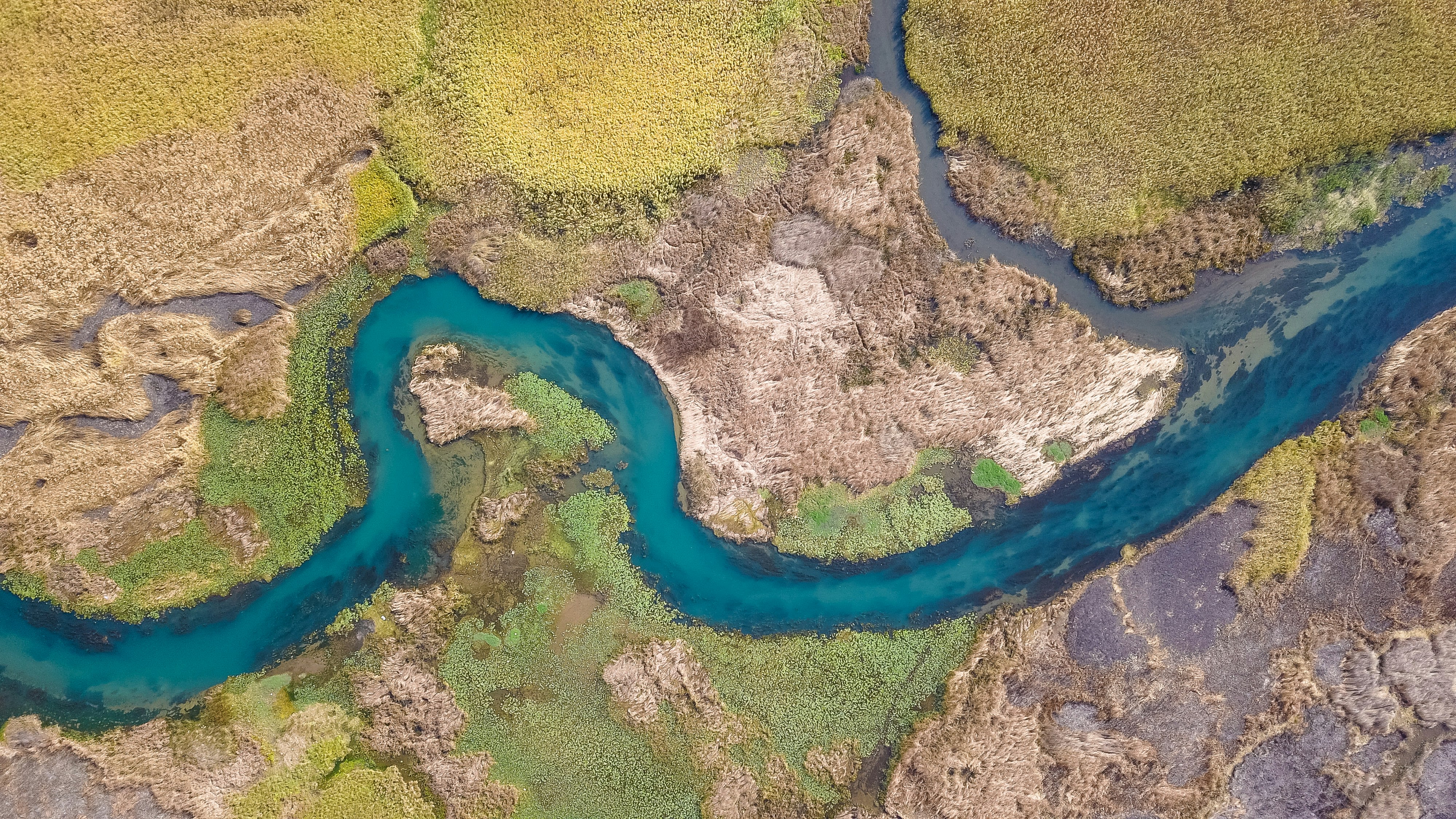
Saltmarsh’s untapped potential
While the incredible carbon-storing capabilities of saltmarsh are typically hidden from view, these habitats should be a critical part of the UK’s future ‘blue infrastructure’. Protecting, restoring and creating more of these under-valued habitats is vital for meeting carbon reduction targets.
A 2015 report commissioned by the Natural Capital Committee made the economic case for restoring 22,000 hectares of land around the English coast, providing net benefits with the current value of £730 million over 50 years. We are calling for at least 22,000 hectares to be restored across the UK by 2050. Doing this alongside effective protection and management of the approximately 50,000 hectares of saltmarsh that already exists in England, Wales and Scotland could store an extra 350,000 tonnes of carbon dioxide equivalent per year – the equivalent to taking roughly 150,000 cars off the road for one year.
McLeod, E. et al. 2011. A blueprint for blue carbon: toward an improved understanding of the role of vegetated coastal habitats in sequestering CO2. Frontiers in Ecology and the Environment 9, 552–560.
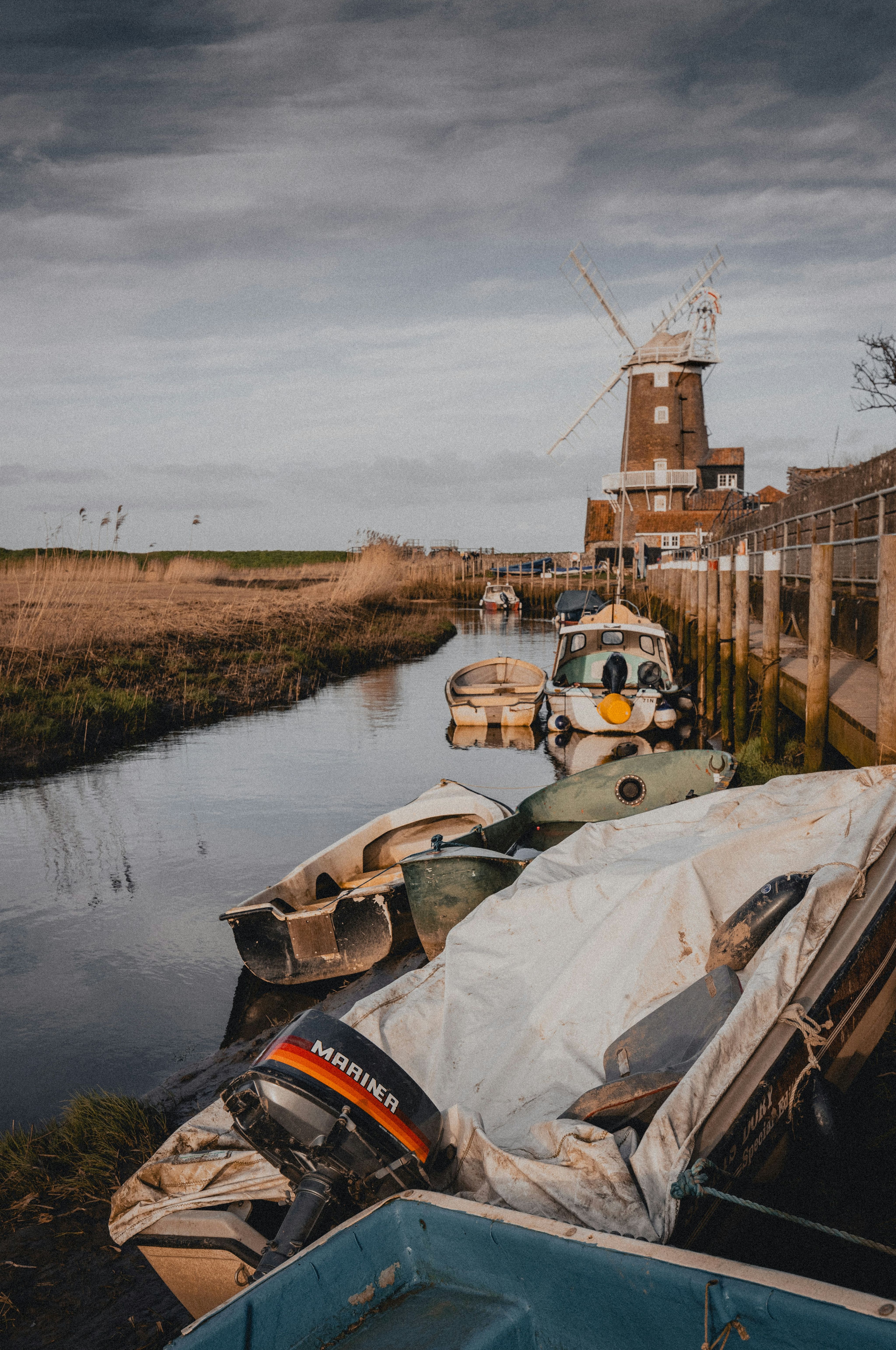
Factoring coastal saltmarsh into climate change policy
Despite its powerful ability to store carbon, saltmarsh is not fully incorporated into the UK’s climate change policies and is not yet included in the Government’s Net Zero Strategy. We want to see coastal wetland creation as a nature-based solution to the climate crisis in the UK's Nationally Determined Contribution (NDC) to the Paris Agreement and Greenhouse Gas Inventory.
The Woodland Carbon Code and the International Union for Conservation of Nature’s (IUCN) Peatland Carbon Code already allow carbon captured through woodland creation and peatland restoration to be used as voluntary carbon offsets. The process of measuring and verifying carbon in these codes help ensure that habitat created for carbon storage is genuinely providing the intended benefits. Presently, there is no equivalent UK saltmarsh code.
With funding from the UK Government’s Natural Environment Investment Readiness Fund and the Environment Agency, we are working with the UK Centre for Ecology and Hydrology and others to develop a Saltmarsh Code. The code will apply a rigorous and verifiable approach to calculating the amount of additional carbon stored through the restoration of saltmarsh – an important step towards establishing a voluntary market for saltmarsh carbon and unlocking investment in credits that fund the restoration of saltmarsh.

Mapping the potential of wetlands for carbon storage
The Marine Management Organisation (MMO) has mapped areas for coastal habitat restoration across England. We have expanded this mapping to the whole of the UK, and refined the areas to those that are most likely to be suitable for saltmarsh – areas where the land is currently low-lying and saline enough to form saltmarsh through the realignment of coastal defences, a technique known as managed realignment. This has identified over 170,000 hectares of saltmarsh creation potential.
Indicative ‘Wetlands for carbon storage’ (Saltmarsh) potential map, and areas of potential within SSSIs.
© WWT copyright and/or database right 2024. All rights reserved. Contains, or is derived from, information supplied by governmental and non-governmental organisations listed at https://www.wwt.org.uk/data-sources.
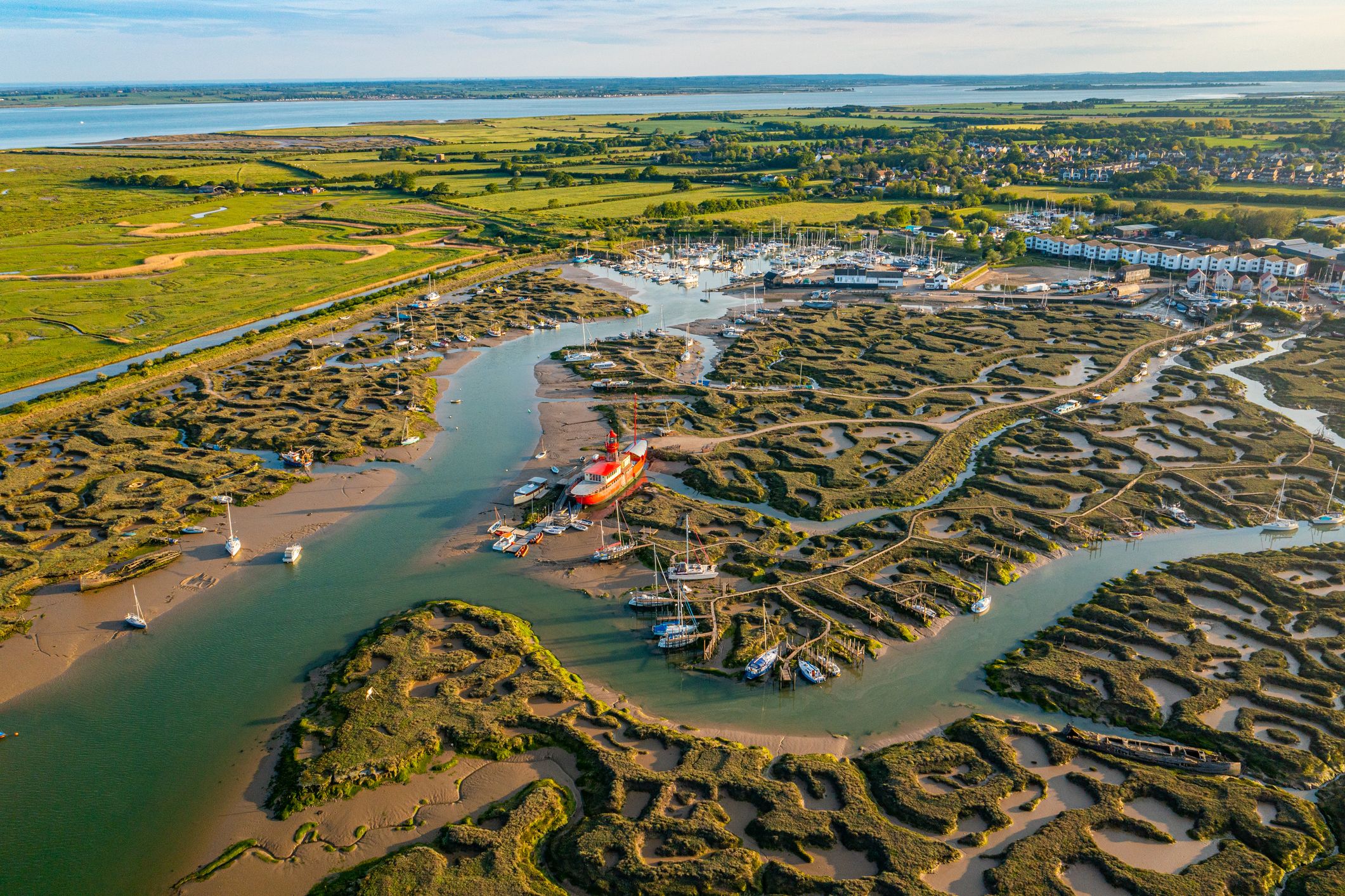
TRENDS IN ESG REPORTING
There is still a strong focus on the ‘E’ of Environmental, Social and Governance (ESG), but forward-thinking impact or corporate investors looking at carbon credits, or Biodiversity Net Gain, will recognise that the relevance of social value is building.
As the ESG and natural capital accounting landscape evolves, businesses will come under increasing pressure to set strategic goals around social value. And our wetland potential maps and economic potential analysis provides businesses with the data they need to make smarter decisions when investing in nature-based solutions.


Economic benefits of carbon-storing saltmarsh
In partnership with eftec, we calculated the economic value of restoring 25,000 hectares of saltmarsh by considering the multiple benefits of blue carbon storage, food from grazing livestock, flood risk reduction, improved water quality and recreational opportunities.
Creating 25,000 hectares of saltmarsh around the UK’s coastline would deliver estimated benefits valued at £1.7 billion over 60 years, after accounting for creation and management costs.
Some of the cost of creating saltmarsh will be recovered from benefits that already have a market value, such as food production. Others, such as flood risk reduction, climate mitigation and water quality improvement are benefits to wider society, or sectors within it, which aren’t currently monetised. However, through a blend of public money (for example the Environmental Land Management scheme in England) and the creation of markets for carbon, nutrients or biodiversity, could, in future cover the costs of restoring saltmarsh and create additional value to investors.
